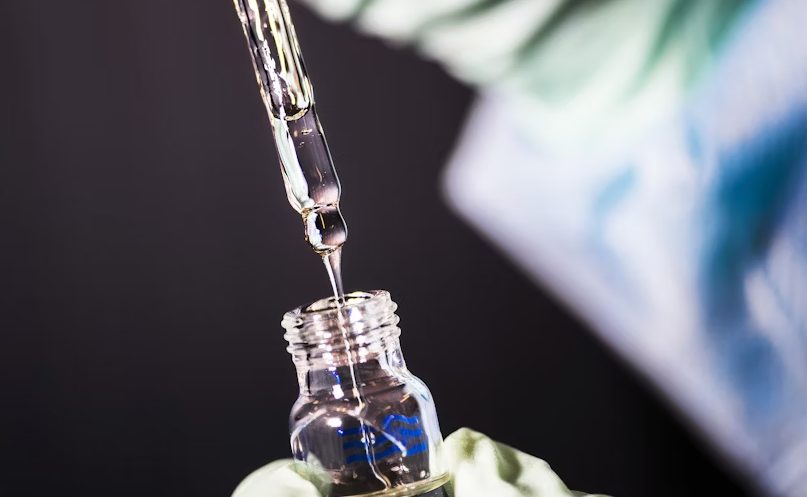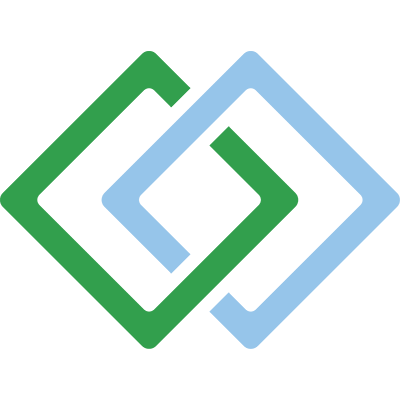
@ShahidNShah


Obsessive-Compulsive Disorder (OCD) can feel overwhelming, but structured care makes progress possible. With the right plan, individuals can learn to manage symptoms and regain control over their routines. Professional help focuses on steady steps that bring relief and build confidence. Let’s explore how the clinical treatment process works step by step.
The first step in OCD treatment is a thorough evaluation by a qualified professional. This includes interviews, questionnaires, and sometimes medical exams to rule out other conditions. The goal is to identify the severity of symptoms and how they affect daily life. A clear diagnosis allows a personalized care plan to be built.
Early assessment also helps set realistic goals for therapy. When patients understand the process from the beginning, they can actively participate in their recovery plan. Professionals explain what to expect, which reduces fear and uncertainty. This first stage lays the groundwork for every step that follows.
After diagnosis, the clinical team designs a treatment plan tailored to the individual’s needs. This plan typically includes a mix of therapy, education, and support strategies. Clear timelines and expectations are established so progress can be measured. The plan may also involve family members to ensure a supportive environment.
Flexibility is important because OCD symptoms vary from person to person. Adjustments are made as progress is tracked and challenges arise. The patient and care team work together to refine strategies over time. This approach ensures treatment remains effective and goal-focused.
Therapy is often the heart of clinical care for OCD. Cognitive Behavioral Therapy (CBT) and Exposure and Response Prevention (ERP) are common methods. CBT helps patients reframe intrusive thoughts, while ERP gradually reduces compulsive behaviors. These approaches are evidence-based and widely recommended.
Therapy sessions may include:
Therapists encourage steady effort without rushing the process. Consistency is key, and small wins can create lasting change.
Some patients benefit from adding medication to their plan. Doctors may prescribe selective serotonin reuptake inhibitors (SSRIs) to help regulate brain chemistry. Medication can reduce the intensity of intrusive thoughts and compulsions. This allows therapy to be more effective and less stressful.
Close monitoring ensures medication is working as intended. Adjustments in dosage or type may be made if side effects occur. The goal is always to find the lowest effective dose for symptom relief.
Education is a key part of the process because it removes fear and confusion. When patients and families learn how OCD works, they can respond more effectively to symptoms. This understanding helps reduce conflict and creates a sense of teamwork. Family members often become part of the recovery process in practical ways.
Clinicians may offer sessions where loved ones learn communication techniques and supportive strategies. This strengthens the environment at home and reinforces progress made in therapy. It also helps families avoid habits that might unintentionally worsen compulsions. Shared knowledge, everyone can contribute to a more stable recovery path.
Following a structured clinical plan is one of the most effective ways to manage OCD. Starting OCD treatment with assessment, therapy, and support leads to measurable improvements and long-term stability. A combination of professional care and follow-up enables individuals to regain balance in their lives. Consistency and early action make the process smoother and more successful.

Chief Editor - Medigy & HealthcareGuys.
Introduction The oncology clinical trial landscape has seen a significant increase in investment in recent years. Global spending on cancer medicines is expected to reach a staggering $409 billion by …
Posted Sep 29, 2025 Clinical Research
Connecting innovation decision makers to authoritative information, institutions, people and insights.
Medigy accurately delivers healthcare and technology information, news and insight from around the world.
Medigy surfaces the world's best crowdsourced health tech offerings with social interactions and peer reviews.
© 2025 Netspective Foundation, Inc. All Rights Reserved.
Built on Dec 5, 2025 at 1:29pm